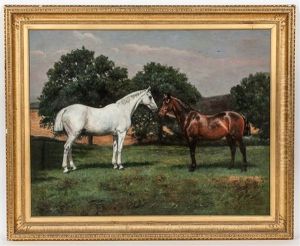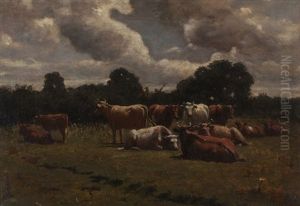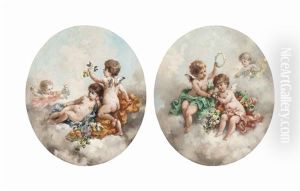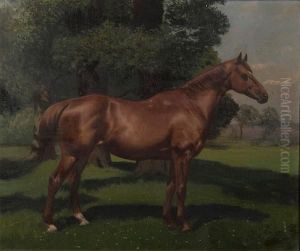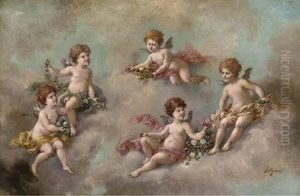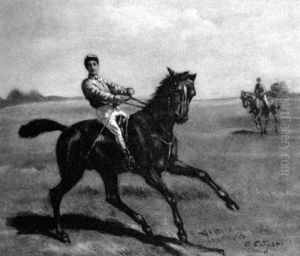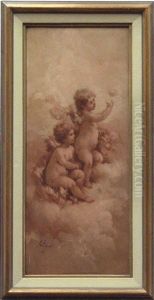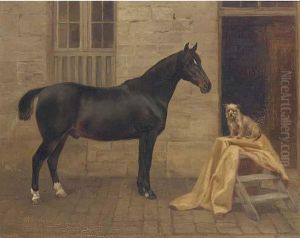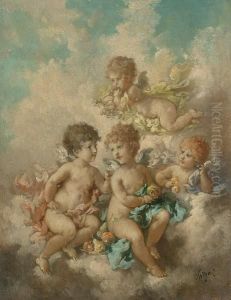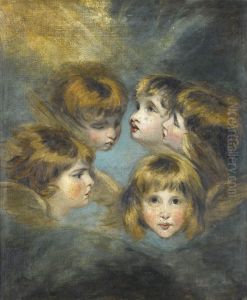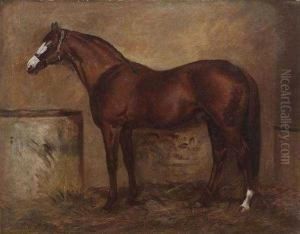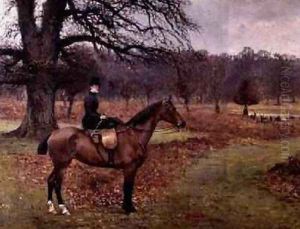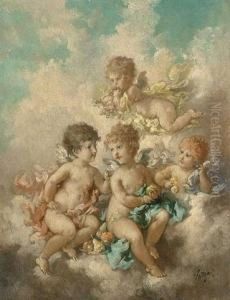Charles Augustus Henry Lutyens Paintings
Charles Augustus Henry Lutyens was a British artist known for his painting, sculpture, and decorative work. Born on March 12, 1829, in London, he was part of a well-known family that included his son, the famous architect Sir Edwin Lutyens, who would go on to design many iconic buildings in Britain and India.
Lutyens was largely self-taught as an artist, developing a distinctive style that was influenced by the Pre-Raphaelite movement, which emphasized a return to the detail, color, and complexity of Quattrocento Italian art. He was particularly known for his genre paintings and murals. Despite the influence of the Pre-Raphaelites, Lutyens did not strictly adhere to their principles and developed a unique approach that also incorporated elements of Romanticism.
One of his most significant works is the painting 'The Plague' which reflects his skill in handling complex historical subjects. Over the course of his career, Lutyens also undertook a number of decorative projects, including designs for stained glass and church interiors, which reflected his interest in medieval art and architecture.
Lutyens' work was exhibited at various venues, including the Royal Academy in London. While he never became as prominent as some of his contemporaries, his contribution to Victorian art has been appreciated for its originality and craftsmanship.
Charles Augustus Henry Lutyens passed away on December 5, 1915, leaving behind a legacy that would be overshadowed by the architectural achievements of his son, Edwin. Despite this, his artistic work remains a testament to the diverse and evolving art scene of the Victorian era.
